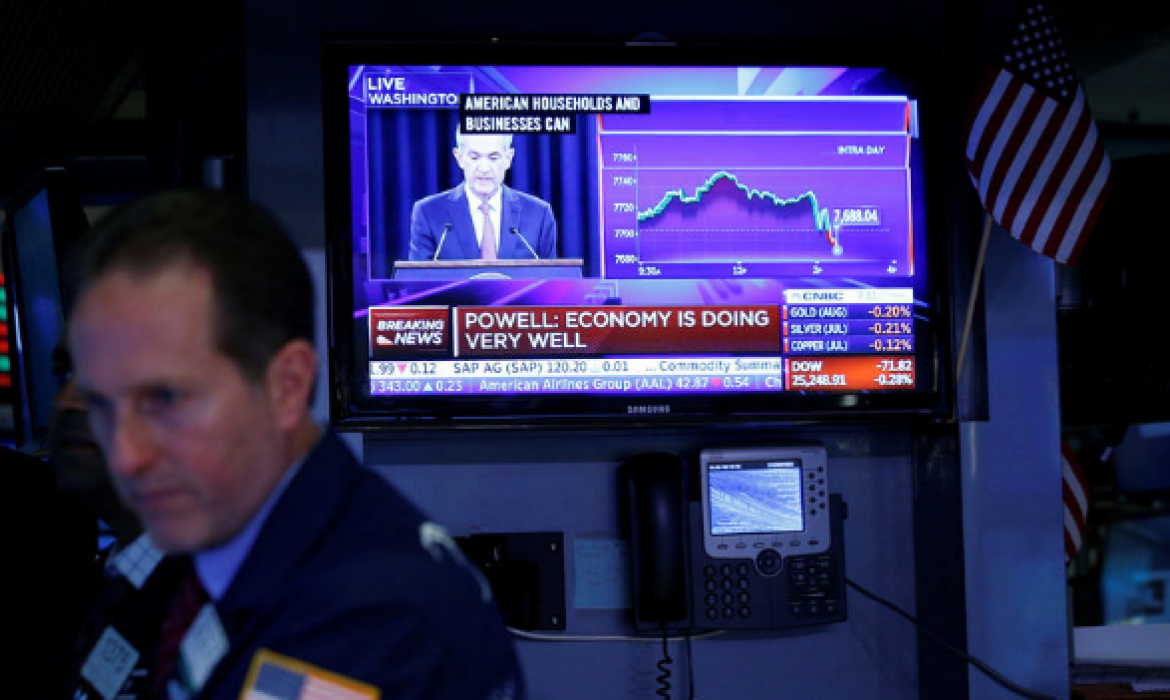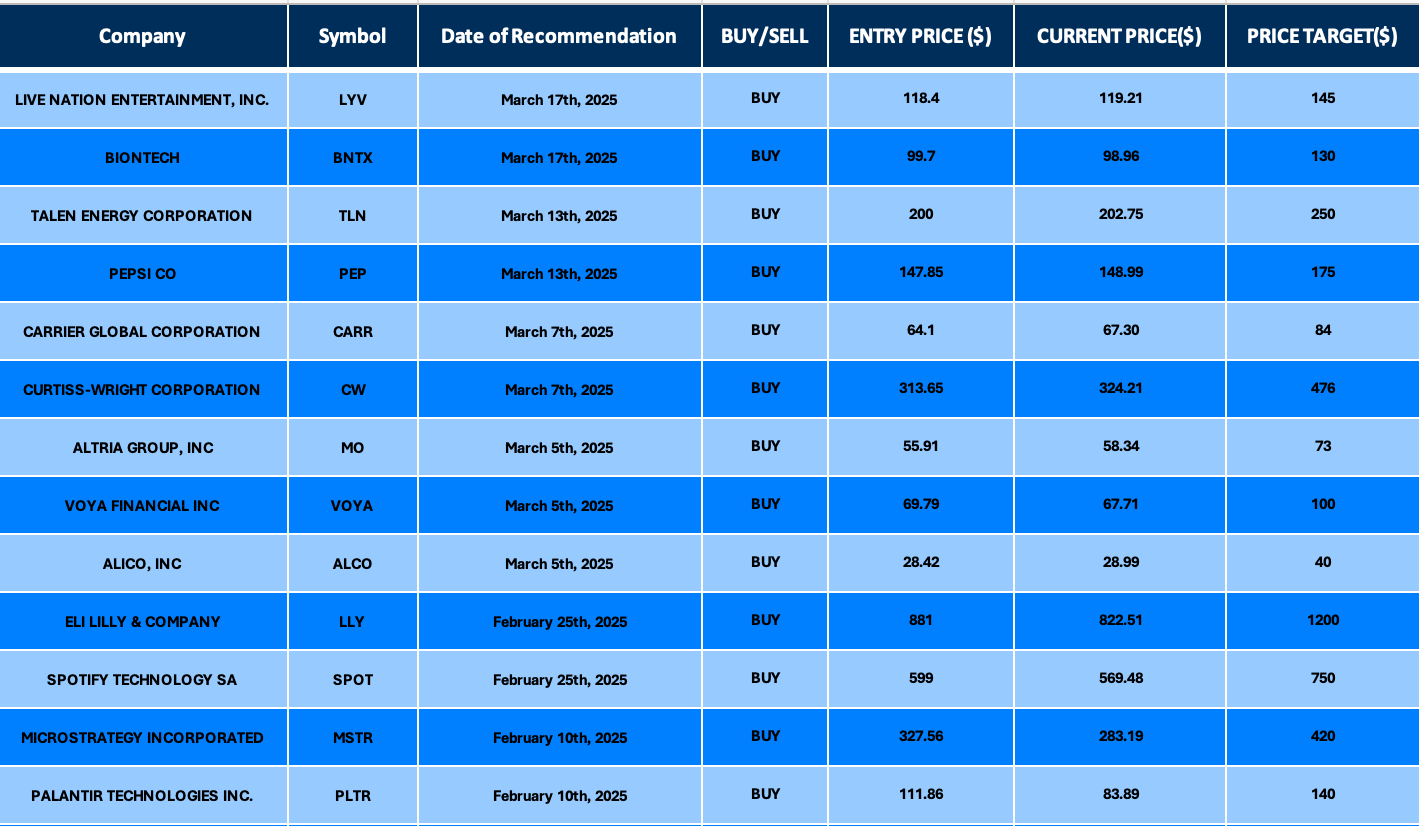
Date Issued – 9th April 2025
Preview
Global markets slid as U.S. tariffs on Chinese goods took effect, dragging European indices down more than 2% and pushing Japan’s Nikkei 225 4% lower. U.S. Treasuries faced a sharp selloff, with the 10-year yield jumping to 4.41%, while haven assets like gold and the yen saw mixed responses amid liquidity concerns. Japan ruled out using its $1.27 trillion in U.S. Treasury holdings as a retaliatory tool, emphasizing their role in currency intervention preparedness. Meanwhile, gold erased earlier gains to finish flat at $2,982.92 an ounce, reflecting volatility-driven selling despite its year-to-date rally. Investors are advised to focus on diversification, shorter-duration bonds, and defensive assets as uncertainty around trade policy and economic growth persists.
Markets Slide as Tariffs Deepen Global Uncertainty
European markets opened sharply lower, with the Euro STOXX 50 falling 2.4% and major indices across Germany, France, and the UK following suit, as President Trump’s sweeping tariffs on Chinese goods came into effect. Asian markets mirrored the downturn, with Japan’s Nikkei 225 slumping 4% and South Korea’s Kospi dropping 1.7%, while China allowed further weakening of the Yuan to offset trade pressures. US stock futures pointed to declines, with the S&P 500 down 2.56%, as investor sentiment soured. Risk-off flows buoyed haven assets like gold, which climbed above $3,018 per ounce, while oil prices extended losses, with Brent crude down nearly 4% to $60.41 per barrel.
Investment Insight: Ongoing tariff escalations have heightened global market volatility, with cyclical sectors like autos and industrials hit particularly hard. Investors may consider pivoting toward defensive plays, including precious metals and currencies like the yen and Swiss franc, while maintaining caution around equities until greater clarity emerges on US trade policy. The prolonged uncertainty underscores the importance of diversification and a focus on quality assets with robust balance sheets.
Bond Market Rout Raises Liquidity Concerns Amid Global Turmoil
U.S. Treasuries faced a sharp selloff as yields on the 10-year note surged to 4.41%, marking a 16-basis-point rise during Asian trading and a 50-basis-point leap since Monday. The 30-year yield spiked above 5%, the largest three-day increase since 1981, driven by forced liquidations from hedge funds unwinding leveraged “basis trades.” The volatility extended to global bond markets, with Japan’s 30-year bond yield hitting a 21-year high. Analysts warn that growing liquidity concerns, coupled with fears of foreign selling.
Investment Insight: The speed and scale of the Treasury selloff highlight rising liquidity risks in global markets, signaling potential stress in leveraged positions. Investors should monitor central bank responses closely, as intervention could stabilize volatility. Near-term strategies may include reducing exposure to long-duration bonds and pivoting toward cash or shorter-term instruments to mitigate risk. Additionally, diversification across currencies and geographies remains critical as uncertainty around trade flows and safe-haven dynamics grows.
Japan Dismisses Using U.S. Treasury Holdings as Tariff Countermeasure
Japanese Finance Minister Katsunobu Kato ruled out leveraging Japan’s $1.27 trillion in foreign reserves, largely composed of U.S. Treasuries, to counter President Trump’s tariffs on Japanese imports. Speaking in parliament, Kato emphasized that Japan’s Treasury holdings are managed to prepare for potential exchange-rate interventions, not as a diplomatic tool. While some lawmakers suggested selling U.S. Treasuries as retaliation, Kato warned such actions would effectively amount to yen.
Investment Insight: Japan’s commitment to maintaining its U.S. Treasury holdings underscores the global reliance on Treasuries as a reserve asset despite escalating trade tensions. For investors, this highlights the resilience of U.S. debt markets against geopolitical shocks. However, sustained trade disputes and potential retaliatory measures elsewhere could introduce volatility, warranting a focus on diversifying fixed-income portfolios and monitoring shifts in global reserve strategies.
Gold Flatlines as Tariff Anxiety Tempers Haven Demand
Gold erased earlier gains of 1.3% to finish flat at $2,982.92 per ounce as markets digested news that the US is moving forward with 104% tariffs on Chinese goods. Despite its haven status, gold has faced headwinds from liquidity-driven selling amid heightened volatility in equities and bonds. Still, bullion remains up more than 13% year-to-date, benefiting from fears of stagflation as inflation risks persist alongside slowing growth. Other metals saw mixed movements, with silver slipping and platinum edging higher.
Investment Insight: Gold’s muted performance amid tariff-driven volatility highlights its vulnerability to liquidity crunches, even as it remains a favored hedge against stagflationary pressures. Investors should maintain exposure to gold as a long-term portfolio diversifier, particularly with economic disruption and inflation risks on the horizon. However, near-term price movements could remain choppy as markets react to evolving trade dynamics and macroeconomic signals.

Volkswagen’s EV Sales Surge in Europe Amid Growing Demand
Volkswagen more than doubled its European battery-electric vehicle (BEV) deliveries in Q1 2025, reaching over 150,000 units compared to 74,400 in the same period last year. Total orders for Volkswagen vehicles, including both electric and combustion models, rose 29% in Western Europe, reflecting surging demand driven by stricter EU emissions regulations and new EV model launches. The growth comes as BEVs outperform the broader European auto market, where total car sales have declined.
Investment Insight: Volkswagen’s strong EV sales growth highlights a pivotal shift in the European automotive market toward electrification. For investors, this underscores the competitive advantage of automakers with robust EV pipelines amid tightening emissions standards. The trend also signals opportunities in supporting sectors like battery production and EV infrastructure, as demand for sustainable mobility continues to accelerate.
Conclusion
Global markets are navigating heightened uncertainty as trade tensions, recession fears, and policy responses dominate investor sentiment. While rebounds in Japanese equities and oil prices offer brief relief, downside risks persist across equities, commodities, and currency markets. Defensive positioning remains critical, with opportunities emerging in less trade-sensitive sectors and regions. As central banks and governments intervene to stabilize markets, monitoring liquidity conditions and diplomatic developments will be key to anticipating shifts. Investors should remain cautious, prioritizing diversification and quality assets to weather continued volatility and capitalize on potential recovery scenarios in the coming weeks.
Upcoming Dates to Watch
- April 10th, 2025: US CPI
- April 11th, 2025: US PPI
- April 16th, 2025: Industrial Production
Find below some of our Buy/Sell Recommendations. Balfour Capital Group is a distinguished global boutique investment management firm with $350 million AUM and over 1000 Clients.

Disclaimer: This post provides financial insights for informational purposes only. It does not constitute financial advice or recommendations for investment decisions.




